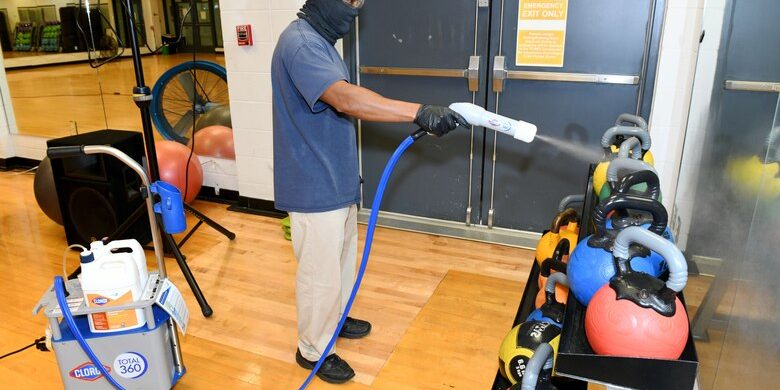The Defense Systems Information Analysis Center (DSIAC) was asked to identify if cleaning chemicals applied by electrostatic sprayers are effective at sanitizing touch surfaces. COVID-19 has highlighted the need for innovative sanitation methods for touch surfaces. Electrostatic sprayers that apply charged cleaning solutions to various surfaces have been identified as potential solutions for large area decontamination. The concept is that the charged spray droplets will adhere to hard-to-reach surfaces for enhanced coverage. Although many surfaces are not equally charged, there is concern the spray could be repelled or rendered ineffective due to this and other unknown conditions. Recent research has shown that electrostatic sprayers promote better adhesion of disinfectants to surfaces, but the effectiveness for decontamination depends on the disinfectant solution used. The U.S. Environmental Protection Agency (EPA) is expediting all reviews of electrostatic sprayers so organizations can have up-to-date protocols for effective decontamination, especially to address the current global pandemic.


